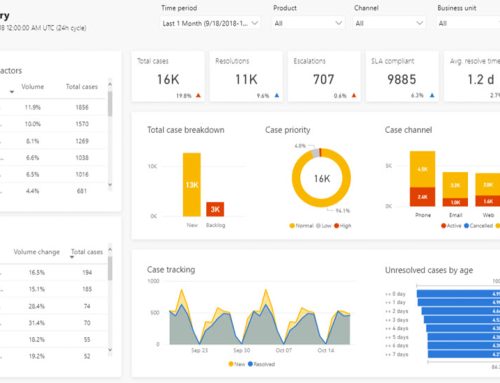In this ever-changing, highly complex and competitive global business environment, the organizations and the managers are facing enormous challenges and paying much more attention on strategic planning and analysis. Strategic planning tools and analysis help organizations to identify key elements affecting the environment as well as performance and growth of the organization. PESTLE analysis is a strategic framework which is used for competitive analysis in the macro environment.
This generic tool helps the organizations to analyze its position or product in the market. PESTLE is an acronym which stands for Political, Economic, Social, Technological, Legal and Environmental factors. This tool helps us in identifying and analyzing the key drivers of change in a strategic business environment. It allows the management to assess the macro environment and potential changes, and assist them to respond to the variations in the environment more effectively and efficiently.
Advantages and Disadvantages of PESTLE Analysis
PESTLE analysis is useful for business planning, strategic planning, marketing, and product development planning at the organizational level. Cost-effectiveness, a deeper understanding of business, alertness to threats and the method to exploit opportunities are some main benefits of PESTLE analysis.
What are the advantages and disadvantages of PESTLE Analysis? How it enables organizations to determine the level of market attractiveness to compete effectively?
Cost-effectiveness
Time and effort is the only cost which you have to incur for conducting the PESTLE analysis for environmental scanning. There are certain additional programs which can help you to organize inputs and feedbacks.
Deeper Understanding
It is an unnoticeable fact that PESTLE analysis directly or indirectly affects the business environment. For example, when it comes to the development of a new product, the organizations overlook safety and consumer laws. Sometimes they realize the technological barriers faced by customers in rural areas as compared to the customers in the densely populated areas.
PESTLE analysis enables organizations to identify the most influential factors which can significantly affect the product launch in a particular market. PESTLE analysis by increasing strategic thinking foster a deeper understanding of strategic planning.
Alertness Development
PESTLE analysis is a broad term which can be narrowed down and used for analyzing specific products, marketing plans, and customer relationships. PESTLE analysis increases awareness in case of new developments. It raises awareness about potential threats in an external operating environment in an organization. PESTLE analysis allows you to thoroughly examine the changes to develop a plan which can increase profits.
Exploit opportunities
PESTLE analysis is the analysis of the external environment. It includes the assessment of external threats and opportunities.
PESTLE Analysis help organizations to understand external trends. For instance, through this analysis, you can see how target market is moving towards a particular social media channel. Investing in that particular channel is an opportunity to build a strong marketing campaign. A robust outreach approach regarding marketing on that particular channel will help you to increase your customer base.
Disadvantages
As a theoretical tool of strategic management PESTLE analysis inevitably possess some significant limitations.
- Technology and our society are evolving at a rapid pace. Such changes have made it difficult for the management to anticipate the developments that can affect the growth prospects of an organization in the long run.
- Many researchers argued that simplicity of the model that it is a simple list which is not sufficient and comprehensive. Furthermore, practitioners suggested that the results and strategies generated from the results of the model are not useful for organizational growth and development in the long run.
- We cannot see the wood for the trees. The results of PESTLE analysis lead to paralysis by analysis. The data collection and process of this analysis is subject to regular accumulation of data. The method of data collection, gathering information and evaluation of the findings in case of PESTLE analysis costly as well as time-consuming.
- The most significant disadvantage of the model is that PESTLE analysis is only based on an assessment of the external environment. So the results obtained from this model are not useful or complete. To assess the external environment and to enhance the operational capability of the organization, it is important to consider internal factors affecting organizations. Plus competitor’s action and the Industry trends in which an organization is operating are important to consider.
Conclusion
PESTLE analysis is a strategic framework which is used to analyze the key factors influencing the performance of an organization. The management uses the results of this analysis to guide strategic decision making. The above mentioned advantages and disadvantages of PESTLE analysis suggest it is an effective strategic planning tool in scanning the external environment.






